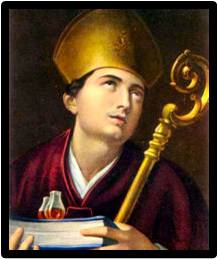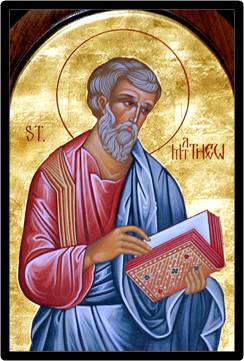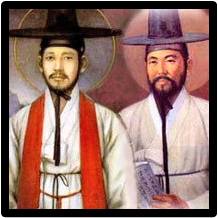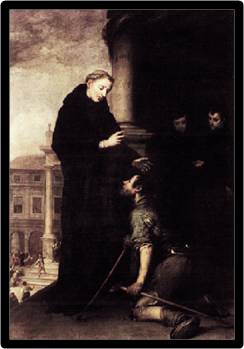SEPTEMBER 19 - ST. JANUARIUS

Januarius was born in Naples in Italy. He was the bishop of Benevento when Emperor Diocletian began to harass and trouble the Christians. The people of Naples have a special love for and devotion to Bishop Januarius. He is popularly called “San Gennaro.”
One day San Gennaro was told that some Christian deacons had been put in prison for their faith. The bishop who was a gentle and compassionate man, truly cared about his people and went to the prison to visit them.
The jailer reported him to the governor who sent soldiers to find San Gennaro. The bishop was arrested along with a deacon and a lector and was put along with the other prisoners.
San Gennaro and the six other Christians were beheaded and martyred for their faith. Their deaths took place near Naples in 305 and the people of Naples consider San Gennaro as their patron saint.
The people of Naples remember San Gennaro for another special reason: his martyr’s blood was preserved many hundred years ago in a vile. The blood has become dark and dry. But at certain times of the year, the blood turns to liquid. It becomes red, sometimes bright red and at times, it even bubbles.
The special case containing the vile of blood is honored publicly about 3 times a year:
· on the first Saturday of May,
· on September 19 (the feast of San Gennaro), within the octave (or eight days after the feast),
· and at times on December 16.
The liquidized blood has been seen and honored since the thirteenth century.



